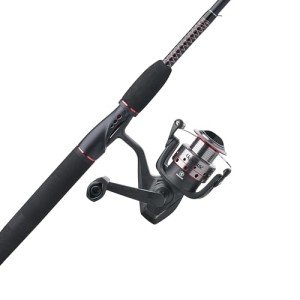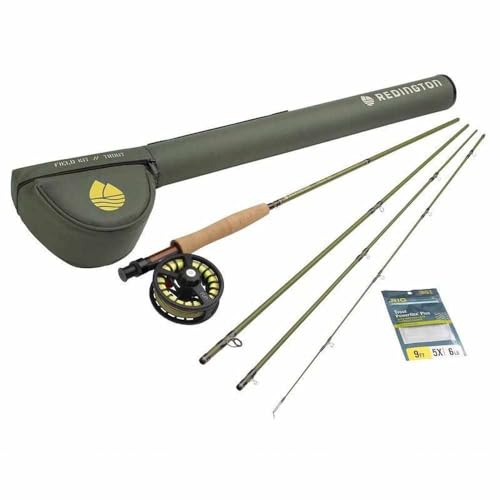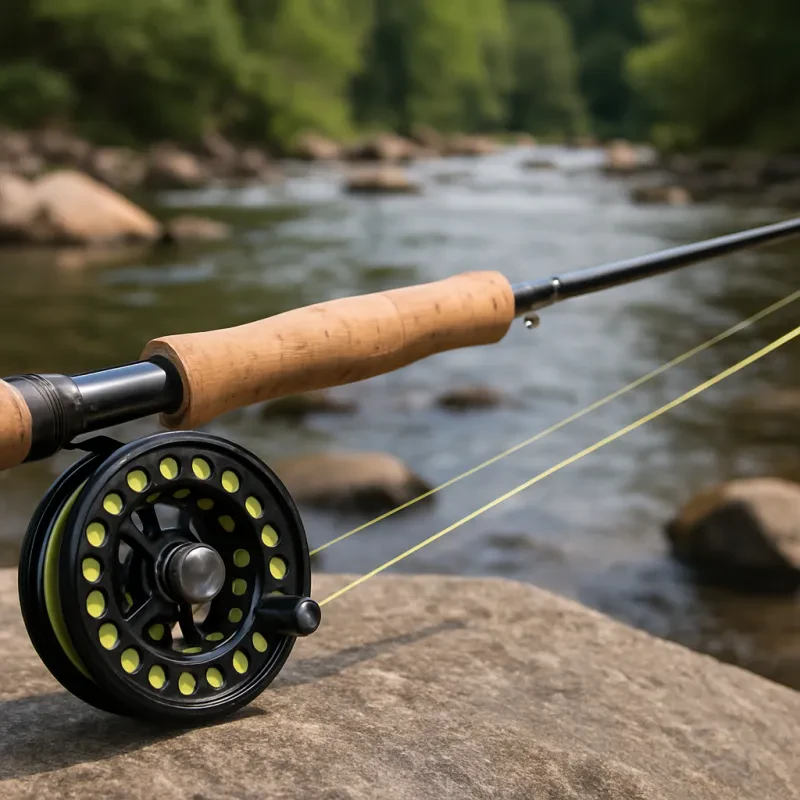When it comes to fishing, few species capture the imagination like trout. Known for their beauty and fight, trout varieties can be found in freshwater systems across the globe. From the chilly waters of North America to the serene lakes of Europe, each region boasts unique species that offer different challenges and rewards for anglers seeking to broaden their fishing horizons.
In North America, the rainbow trout (Oncorhynchus mykiss) stands out as one of the most popular trout varieties. Often found in rivers and streams, they are recognized for their vibrant colors and can be caught year-round. Just south, the brook trout (Salvelinus fontinalis) offers a different fishing experience. Known for their exquisite markings and preference for cold, clean water, these fish are often found in small streams and high-altitude lakes.
Traveling across the ocean, Europe presents its own enchanting trout species. The brown trout (Salmo trutta) is among the most widely distributed. Known for their diverse habitats, they inhabit rivers, lakes, and even coastal areas. This species is prized not only for its delicious taste but also for the challenge it provides, as it can be quite elusive. Another fascinating find in Europe is the marble trout (Salmo marmoratus), native to the Adriatic watershed. This stunning fish is known for its marble-like patterns and is a true trophy for dedicated anglers.
In the Southern Hemisphere, the native trout varieties offer excellent opportunities for exploration. In New Zealand, the formidable Chinook salmon (Oncorhynchus tshawytscha), although primarily a salmon species, is often caught in similar waters as local trout. Meanwhile, the exquisite golden trout (Oncorhynchus mykiss aguabonita), found in California, captivates those fortunate enough to land one with its brilliant golden hues. Each of these species adds its own thrill to the fishing experience, highlighting the diversity of trout around the world.
Best Fishing Techniques for Different Trout
When it comes to fishing for trout varieties, choosing the right technique can make all the difference. Different species of trout, such as Rainbow, Brown, and Brook trout, each respond to various methods in unique ways. Understanding these distinctions can enhance your fishing experience and increase your chances of a successful catch.
For Rainbow trout, one of the most effective techniques is using live bait, such as worms or minnows. These colorful fish are often found in fast-moving waters, so casting near rocks or undercut banks can yield great results. Additionally, fly fishing with colorful nymphs or streamers can effectively mimic their natural prey, enticing them to bite.
Brown trout are known for their cunning nature, making them a bit more challenging to catch. A stealthy approach is vital when fishing for this trout variety. Consider using spinning gear with lightweight lures or spoons that mimic smaller fish or insects. Early morning or late evening are often the best times to fish for Brown trout, as they tend to be more active during these cooler hours.
Brook trout thrive in colder waters and can often be found in more remote streams and lakes. If you’re targeting this trout variety, try using small spinners or dry flies that imitate terrestrial insects. A technique called "high sticking" can be especially effective, where the angler keeps the line tight without allowing it to drag in the current, presenting the bait more naturally.
Experimenting with different fishing techniques tailored to each trout variety can not only improve your skills but also bring you closer to nature. Whether you're chasing a feisty Rainbow or stalking a cunning Brown, knowing the best methods can make your fishing adventure more enjoyable and rewarding.
Ideal Habitats to Find Unique Trout
When it comes to discovering unique trout varieties, understanding their ideal habitats is essential. Trout thrive in different environments, and knowing where to look can significantly enhance your fishing experience. These freshwater fish prefer clear, cold waters, which often lead them to specific locations such as mountain streams, lakes, and rivers. Each of these habitats offers a unique ecosystem that supports various trout species, each with its own characteristics and appeal.
Mountain streams are a prime location for finding unique trout varieties. The fast-moving, oxygen-rich waters create a perfect breeding ground for species like the Brook Trout and the Cutthroat Trout. These fish are known for their vibrant colors and impressive size, making them a delightful catch for anglers. The rugged terrain surrounding these streams can be challenging to navigate, but the rewards are well worth the effort, as these alpine waters are often less disturbed and brimming with life.
Lakes, especially those at higher elevations, are another ideal habitat for unique trout varieties. Species such as the Lake Trout can be found in these deep, cold waters, often lurking near the bottom or around submerged structures. Fishing in lakes provides the opportunity to encounter larger specimens, as they tend to grow bigger in this environment. Moreover, many lakes have unique hybrid trout varieties that result from crossbreeding, adding an exciting twist to the fishing experience.
Rivers offer a dynamic habitat for various trout species as well. With their varying flows and temperatures, rivers are home to both native and non-native trout varieties. The Rainbow Trout, for example, is commonly found in many river systems across North America. Fishing in rivers allows enthusiasts to explore different spots, as the habitats can change dramatically from one section to another, leading to the discovery of unique characteristics and behaviors in the fish you might encounter.
Conservation Efforts for Trout Varieties
One of the most effective conservation strategies is to establish protected areas within rivers and lakes where trout varieties can thrive without the disruption of human activities. These protected habitats allow for natural breeding and maturation, ensuring that populations remain healthy and genetically diverse. Additionally, hatchery programs are being developed to raise and release certain trout varieties back into the wild, enhancing their numbers while also maintaining their genetic integrity.
Community engagement plays a critical role in conservation efforts for trout varieties. Many organizations organize educational workshops and fishing events that not only teach best practices for sustainable fishing but also raise awareness about the plight of trout species. By involving local anglers and fishing enthusiasts, these programs encourage a shared responsibility for preserving the environment and ensuring that future generations can enjoy the unique characteristics of various trout varieties.
Additionally, researchers are actively studying the impacts of climate change on trout populations, looking for innovative ways to adapt conservation strategies to changing conditions. By monitoring water temperatures and pollution levels, scientists can identify stressors affecting different trout varieties and take proactive measures to mitigate these challenges. Collaborative efforts between government agencies, non-profit organizations, and the fishing community are vital in creating a holistic approach to conservation that benefits both the fish and their ecosystems.







